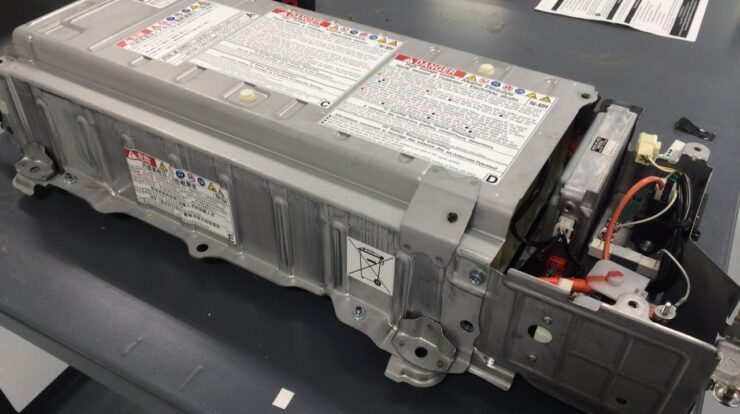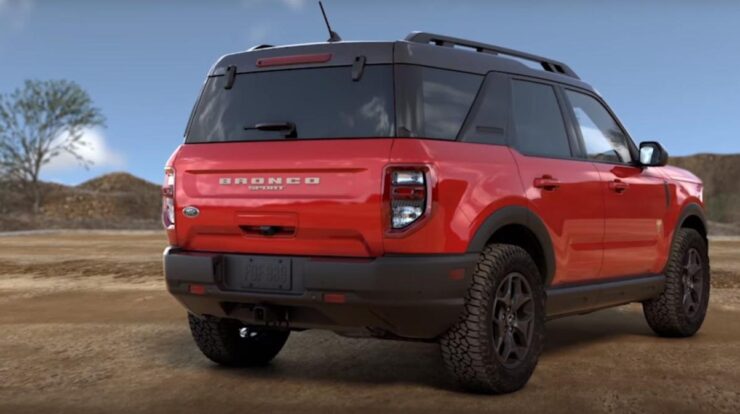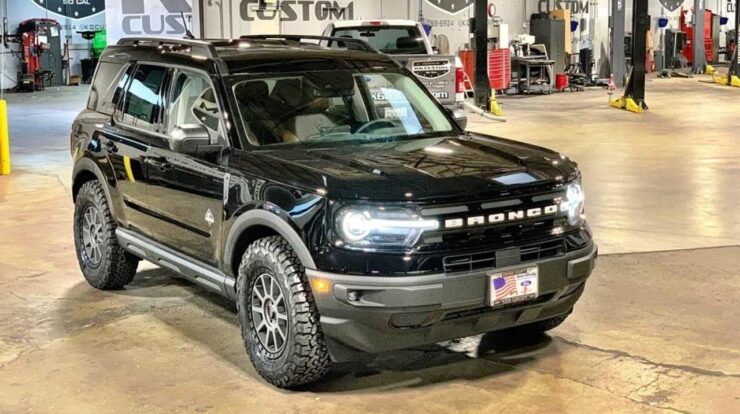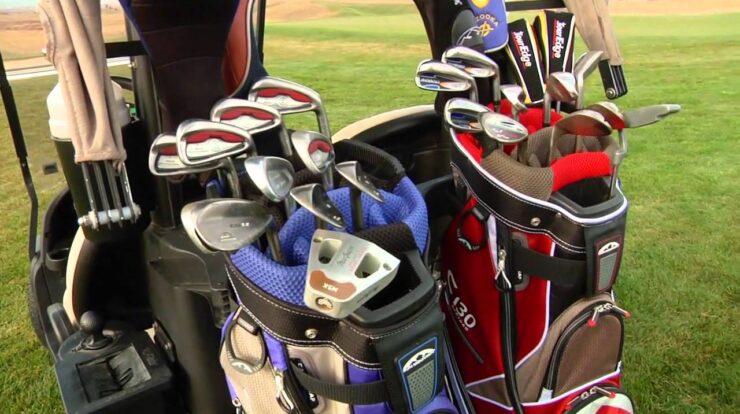Subaru key fob battery: a topic that sparks curiosity and ignites the desire for knowledge. This article delves into the intricacies of Subaru key fob batteries, providing a comprehensive guide that empowers you to understand, troubleshoot, and optimize your key fob’s performance.
From the different types of batteries used to the average lifespan and advanced features that impact battery consumption, this guide covers every aspect of Subaru key fob batteries. Dive in and discover the secrets to maintaining a reliable and long-lasting key fob.
Subaru Key Fob Battery Basics
Your Subaru key fob is a vital part of your vehicle’s security system. It allows you to lock and unlock your car, open the trunk, and even start the engine remotely. But like any battery-powered device, your key fob’s battery will eventually need to be replaced.
There are two types of batteries commonly used in Subaru key fobs: CR2025 and CR2032. Both are small, coin-shaped batteries that are easily replaceable. To replace the battery in your Subaru key fob, you will need a small Phillips head screwdriver.
Replacing a Subaru Key Fob Battery
Replacing the battery in your Subaru key fob is a simple process that can be done in a few minutes. Here are the steps:
- Locate the small screw on the back of the key fob and remove it.
- Carefully pry open the key fob.
- Locate the battery and remove it.
- Insert the new battery into the key fob, making sure that the positive (+) side of the battery is facing up.
- Snap the key fob back together and tighten the screw.
Average Lifespan of a Subaru Key Fob Battery
The average lifespan of a Subaru key fob battery is about two years. However, this can vary depending on how often you use your key fob and the type of battery you use. If you find that your key fob is not working properly, it is possible that the battery needs to be replaced.
Troubleshooting Subaru Key Fob Battery Issues
Common symptoms of a weak or dead Subaru key fob battery include:
- Reduced key fob range or intermittent signal
- Difficulty unlocking or starting the car
- No response from the key fob buttons
To test a Subaru key fob battery:
- Remove the physical key from the fob
- Locate the small battery compartment on the back of the fob
- Use a small screwdriver or coin to open the compartment
- Check the battery’s voltage using a multimeter or battery tester
Troubleshooting steps for resolving key fob battery issues:
- Replace the battery with a new one of the same type and voltage
- Clean the battery contacts on the key fob and battery
- Check the key fob for any physical damage or water ingress
- If the issue persists, have the key fob and car’s immobilizer system checked by a qualified technician
Advanced Key Fob Features and Battery Consumption: Subaru Key Fob Battery
Advanced key fob features such as remote start and proximity unlocking offer convenience but can impact battery life. Understanding how these features affect battery usage and optimizing their use can extend the lifespan of your key fob battery.
Conserving Battery Power with Advanced Features
* Remote Start:While convenient, remote start significantly drains the battery. Limit its use to necessary situations, such as warming up your car on cold mornings or cooling it down on hot days.
Proximity Unlocking
This feature constantly scans for the key fob’s presence, which can drain the battery. Disable it if you’re not using it or in areas with high signal interference.
Keyless Entry
Use the physical key instead of the key fob for short trips or when the battery is low. This reduces the need for the key fob to transmit signals.
Additional Tips for Extended Battery Life
* Avoid Extreme Temperatures:Store your key fob in moderate temperatures. Extreme heat or cold can damage the battery.
Keep it Dry
Moisture can damage the battery and electronic components. Protect your key fob from water or excessive humidity.
Change Battery Regularly
Replace the key fob battery every 1-2 years or as recommended by the manufacturer. This ensures optimal performance and prevents unexpected battery failures.
Battery Maintenance and Safety
Maintaining your Subaru key fob battery is crucial for ensuring optimal performance and longevity. Regular battery changes are essential, but proper handling and disposal are equally important for safety and environmental well-being.
Battery Handling Precautions
* Avoid exposing the battery to extreme temperatures, as this can degrade its performance and shorten its lifespan.
- Keep the battery away from moisture and direct sunlight to prevent corrosion or damage.
- Do not attempt to disassemble or modify the battery, as this can lead to dangerous consequences.
Battery Disposal Safety
* Used Subaru key fob batteries contain potentially hazardous materials that require proper disposal.
- Never dispose of batteries in regular trash bins, as they can leak harmful substances into the environment.
- Check with your local waste management facility or recycling center for designated battery disposal locations.
Final Thoughts
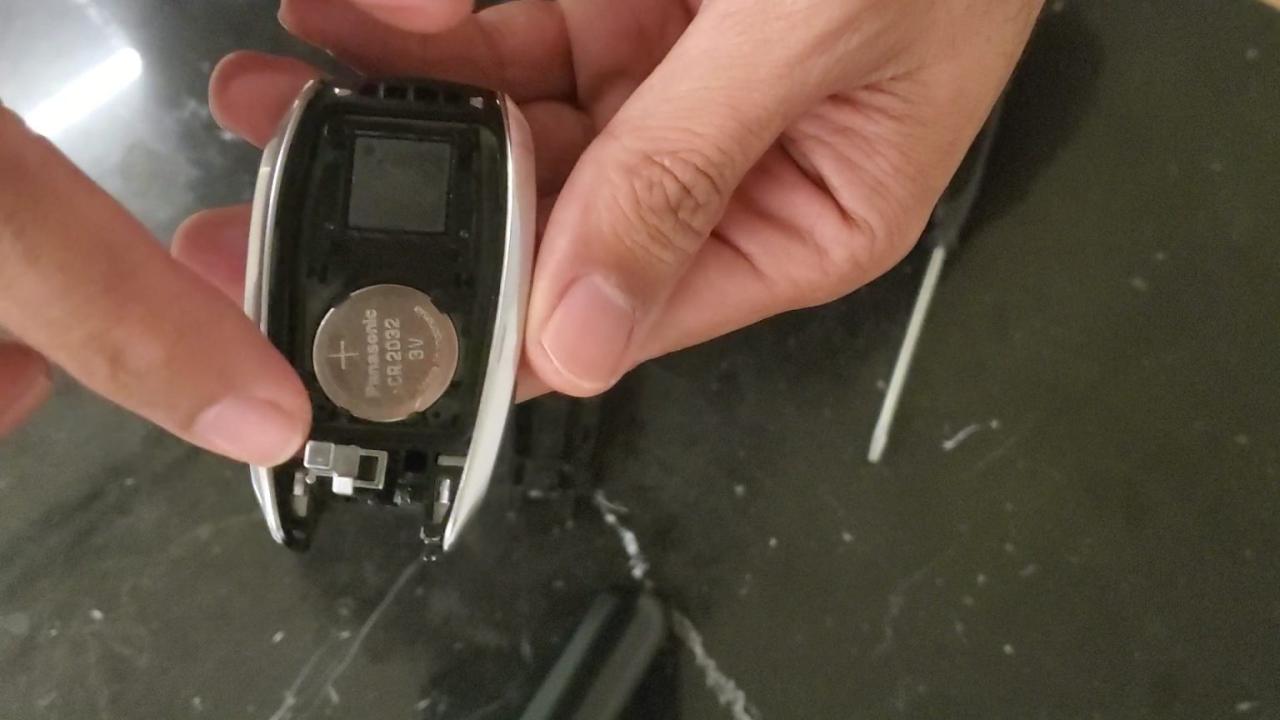
In conclusion, Subaru key fob batteries are essential components that play a crucial role in the functionality of your vehicle. By understanding the basics, troubleshooting issues, and implementing best practices, you can ensure that your key fob remains a reliable companion for years to come.
Embrace the knowledge provided in this guide and enjoy the peace of mind that comes with a fully functional key fob.
FAQ Resource
What are the common symptoms of a weak or dead Subaru key fob battery?
Dim or intermittent LED lights, reduced range for keyless entry, and difficulty starting the car are all signs of a weak or dead battery.
How do I replace the battery in my Subaru key fob?
Refer to your vehicle’s owner’s manual for specific instructions on how to replace the battery in your key fob.
What are some tips for optimizing key fob battery usage?
Avoid using the key fob as a keychain, store it in a cool and dry place, and disable unnecessary features like remote start when not in use.
